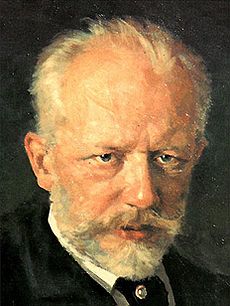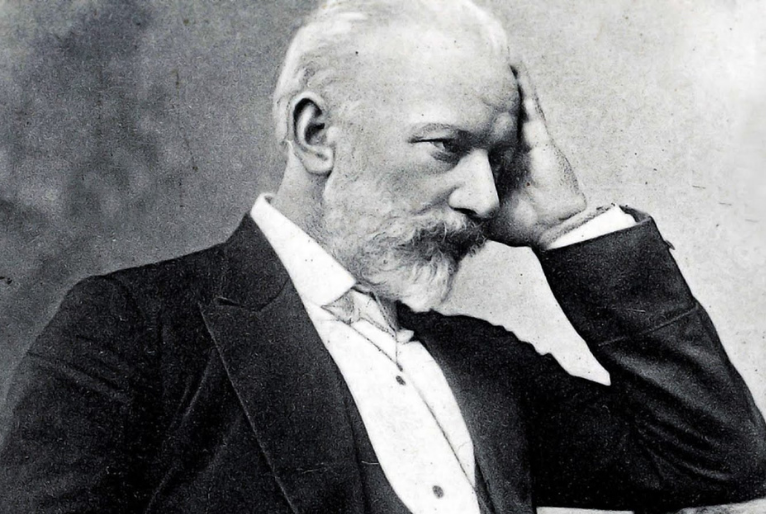Pyotr Ilyich Tchaikovsky’s Violin Concerto in D major, Op. 35, is one of the most beloved and frequently performed works in the violin repertoire. Composed in 1878, the concerto had a turbulent genesis but eventually became a masterpiece celebrated for its lyrical beauty and technical brilliance.
The Composition Process
Tchaikovsky composed his Violin Concerto in D major during a period of emotional turmoil following his brief and disastrous marriage to Antonina Miliukova. Seeking solace, he traveled to Clarens, Switzerland, where he stayed by the shores of Lake Geneva. In this peaceful setting, he found inspiration and composed the concerto in a remarkably short period—just over a month in March and April 1878.
The work was heavily influenced by his close friend and student, Yosif Kotek, a talented violinist who provided technical advice on the violin passages. Kotek’s guidance helped Tchaikovsky refine the concerto’s intricate passages, ensuring that they were idiomatic for the instrument.
Rejection by Leopold Auer
Although Tchaikovsky was immensely proud of his new concerto, he faced an unexpected setback when he sought a premier violinist to perform it. He initially dedicated the piece to Leopold Auer, a renowned Hungarian violinist and professor at the Saint Petersburg Conservatory. However, Auer deemed the work too difficult and unplayable, refusing to perform it. This rejection deeply hurt Tchaikovsky and delayed the concerto’s premiere.
The Premiere and Initial Reception
The concerto eventually found its champion in Adolph Brodsky, a Russian violinist who recognized the work’s potential. He gave the world premiere on December 4, 1881, in Vienna, with the Vienna Philharmonic Orchestra conducted by Hans Richter. However, the performance was met with mixed reactions. The influential Viennese critic Eduard Hanslick harshly criticized the piece, writing that the violin was “beaten black and blue.” Despite this initial negative reception, the concerto gradually gained appreciation.
A Masterpiece Rediscovered
Over time, violinists began to embrace the concerto, and it secured its place in the standard violin repertoire. Ironically, Leopold Auer, who initially rejected the work, later revised the concerto and taught it to his students, ensuring its continued performance. Today, Tchaikovsky’s Violin Concerto in D major is regarded as one of the greatest violin concertos ever written, praised for its melodic richness, emotional depth, and virtuosic brilliance.
Musical Structure
The concerto consists of three movements:
- Allegro moderato – A soaring, lyrical opening with virtuosic violin passages and brilliant orchestral interplay.
- Canzonetta: Andante – A deeply expressive, melancholic middle movement showcasing the violin’s singing quality.
- Finale: Allegro vivacissimo – A thrilling, dance-like conclusion filled with Slavic folk influences and dazzling technical demands.
Legacy and Influence
Tchaikovsky’s Violin Concerto remains a cornerstone of the violin repertoire, performed by the world’s greatest violinists. Its blend of emotional intensity and technical challenges continues to captivate audiences, solidifying its status as a masterpiece of the Romantic era.
From its tumultuous beginnings to its triumph as a beloved classic, the concerto stands as a testament to Tchaikovsky’s genius and the enduring power of great music.


Comments are closed